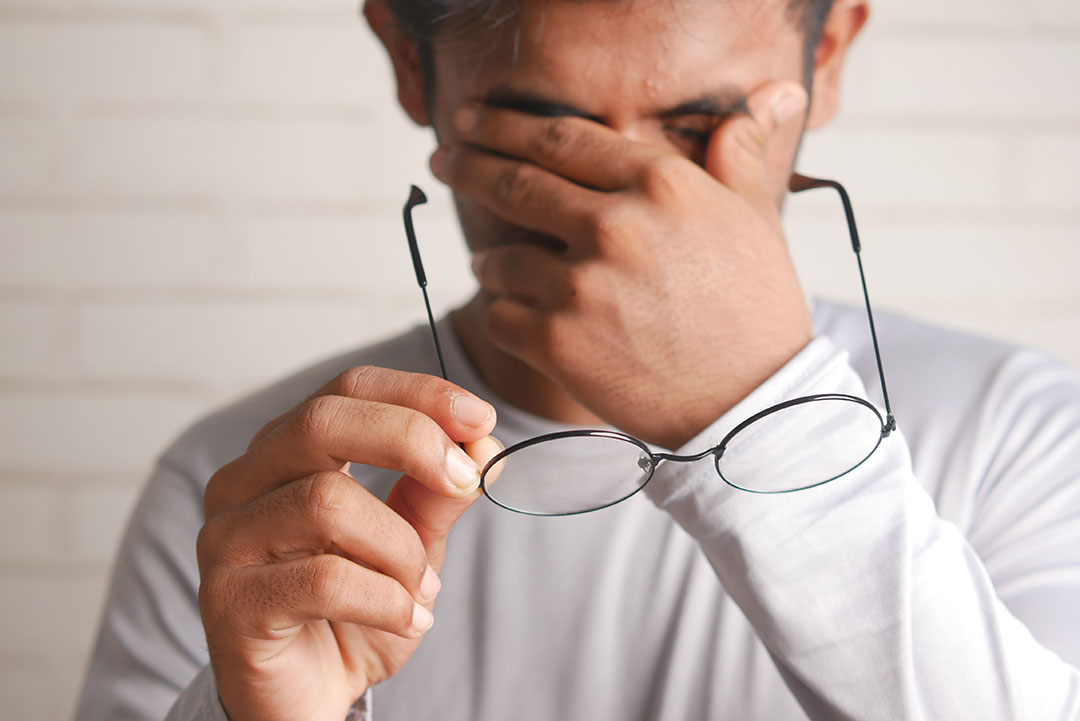All Categories
Featured
Table of Contents

Routine eye assessments are vital for maintaining excellent vision and discovering prospective eye health and wellness issues early. Nonetheless, the frequency of these examinations can differ dramatically based on an individual's age, way of life, and total health and wellness. Understanding the recommended routine for eye tests can help ensure that individuals of all ages obtain ideal care and tracking for their eye health.
Newborns and Toddlers (0-2 Years)
For babies and young children, eye exams are vital for spotting any prospective vision issues beforehand. The American Academy of Ophthalmology advises that a youngster's initial eye test ought to happen at around 6 months old. Throughout this first go to, the eye treatment professional will examine the kid's visual advancement and look for any kind of noticeable eye problems.Following this initial exam, it is advised that kids have one more eye test at age 3. This browse through will concentrate on analyzing the youngster's total visual function, including eye placement and the capability to track objects. If no concerns are found, the next test must be arranged before the youngster starts institution, usually around age five or six.
School-Aged Children (6-18 Years)
Normal eye tests need to be set up every one to 2 years as soon as youngsters get to institution age. Vision is crucial for discovering and growth, and lots of schools conduct vision screenings. These screenings do not replace an extensive eye examination by an eye care specialist.For youngsters involved in tasks or sporting activities needing substantial aesthetic emphasis, yearly eye exams might be recommended. Furthermore, if a kid exhibits indications of vision problems-- such as problem checking out, scrunching up your eyes, or regular migraines-- a visit to the eye doctor ought to be scheduled immediately.
Young Adults (19-39 Years)
Young person usually have less vision changes than older age, but regular eye exams continue to be essential. The general suggestion is to schedule an eye exam every two years throughout this duration. People with details threat factors-- such as a family members background of eye illness, diabetes, or those who wear call lenses-- need to think about annual eye exams.Furthermore, those that invest substantial time on digital gadgets might experience electronic eye pressure. If symptoms such as dry skin, fatigue, or blurred vision take place, it might be smart to see an eye treatment expert faster.
Adults (40-64 Years)
Adults aged 40 to 64 need to arrange eye tests every one to two years. Eye exams can additionally assist discover other typical age-related problems such as glaucoma, cataracts, and macular degeneration.If people in this age have risk elements such as high blood pressure or diabetes mellitus, they may need more regular exams to check their eye health and wellness carefully.
Elders (65 Years and Older)
For seniors, regular eye exams end up being much more critical. The American Optometric Organization advises that people matured 65 and older have an eye examination at the very least once a year. Older adults are at a greater risk for various eye conditions, including cataracts, glaucoma, and age-related macular deterioration. Early discovery and treatment of these conditions can protect against vision loss and enhance the lifestyle.Conclusion.
Understanding the ideal schedule for eye exams based upon age is essential for keeping optimum eye health and wellness throughout life. From babies to seniors, normal eye exams play an essential function in detecting problems early and ensuring that vision remains sharp. By sticking to these guidelines and speaking with an eye care specialist, people can take positive steps towards maintaining their vision and overall health and wellness. Whether it's a kid's first go to or an elderly's yearly check-up, focusing on eye treatment is a financial investment in long-lasting well-being.Latest Posts
Choosing the Right Venue: What to Think about for Wedding Events, Conferences, and Occasions
Published Mar 20, 25
1 min read
Discover Leisure at the Claridge Indoor Pool
Published Feb 15, 25
1 min read
A Glamorous Getaway: The Claridge Indoor Pool
Published Feb 07, 25
1 min read